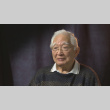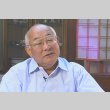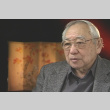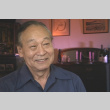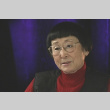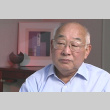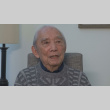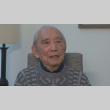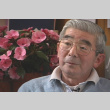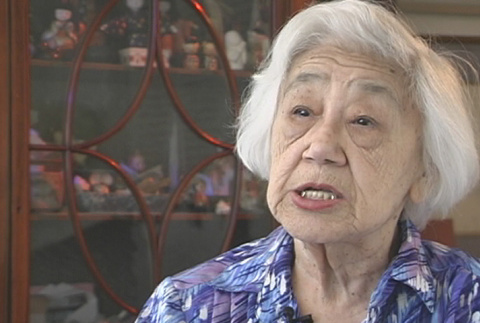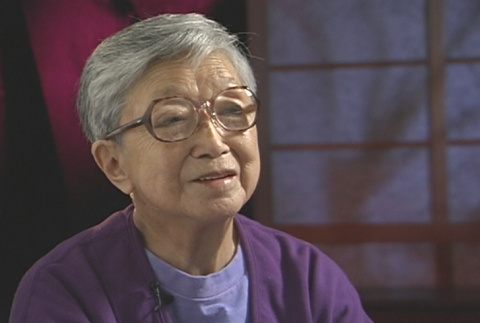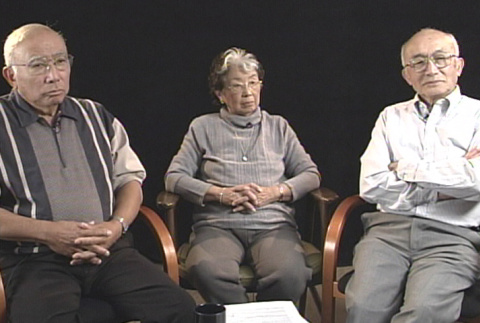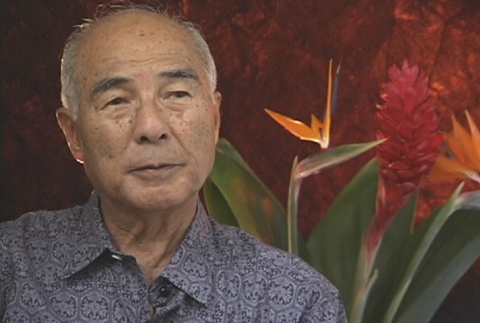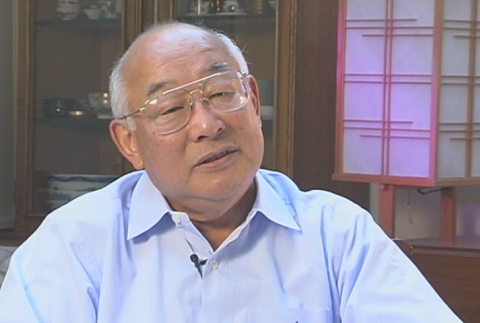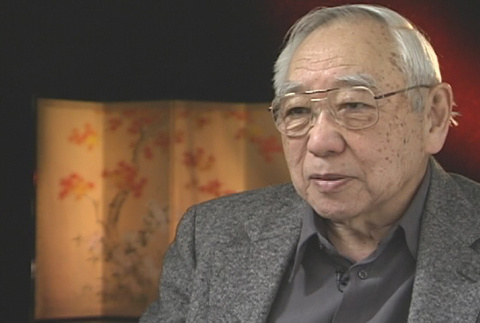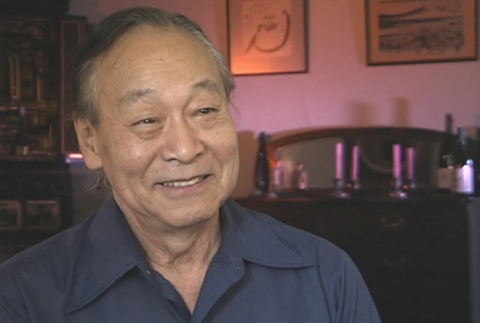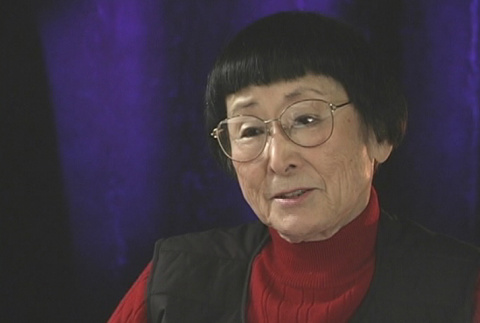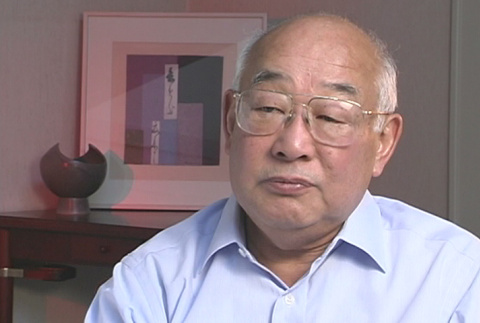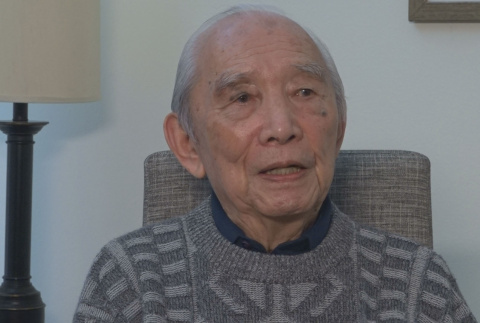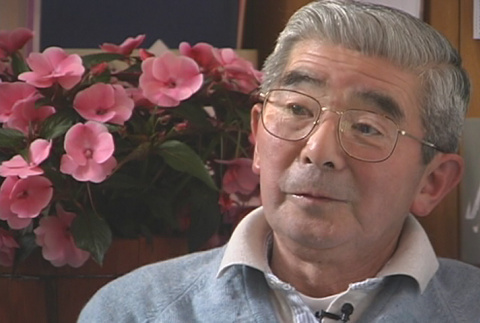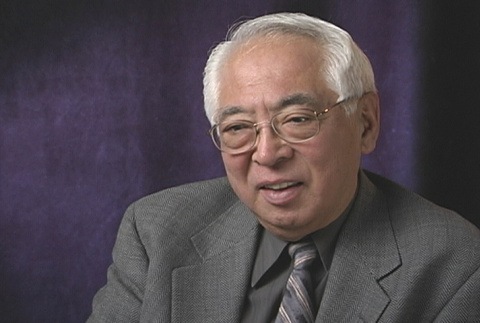Nisei
The Nisei (second generation) felt the pull of two cultures. American born, attending public schools, and influenced by American popular culture, they shared the same idols, favorite songs and sports heroes as most other children of their generation. Wanting to fit in, many Nisei with Japanese first names dropped them for Western ones that their non-Japanese friends could easily pronounce. Yet, most grew up in Japanese neighborhoods, and their parents taught them the customs and values of the old country.
Identity and values
(202)
Nisei
(2544)
Related articles from the
Densho Encyclopedia :
Nisei
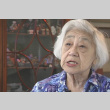
References are made to several of Nobu Suzuki's personal papers, which are currently available for public perusal at the University of Washington's Manuscripts and University Archives.
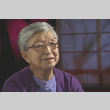
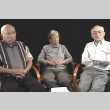



This interview was conducted at the 1998 Americans of Japanese Ancestry Veterans National Convention, held in Honolulu, Hawaii. Because of the full conference schedule, interviews conducted at the reunion were generally shorter in length than the typical Densho interview and tend to concentrate on the individual's …
